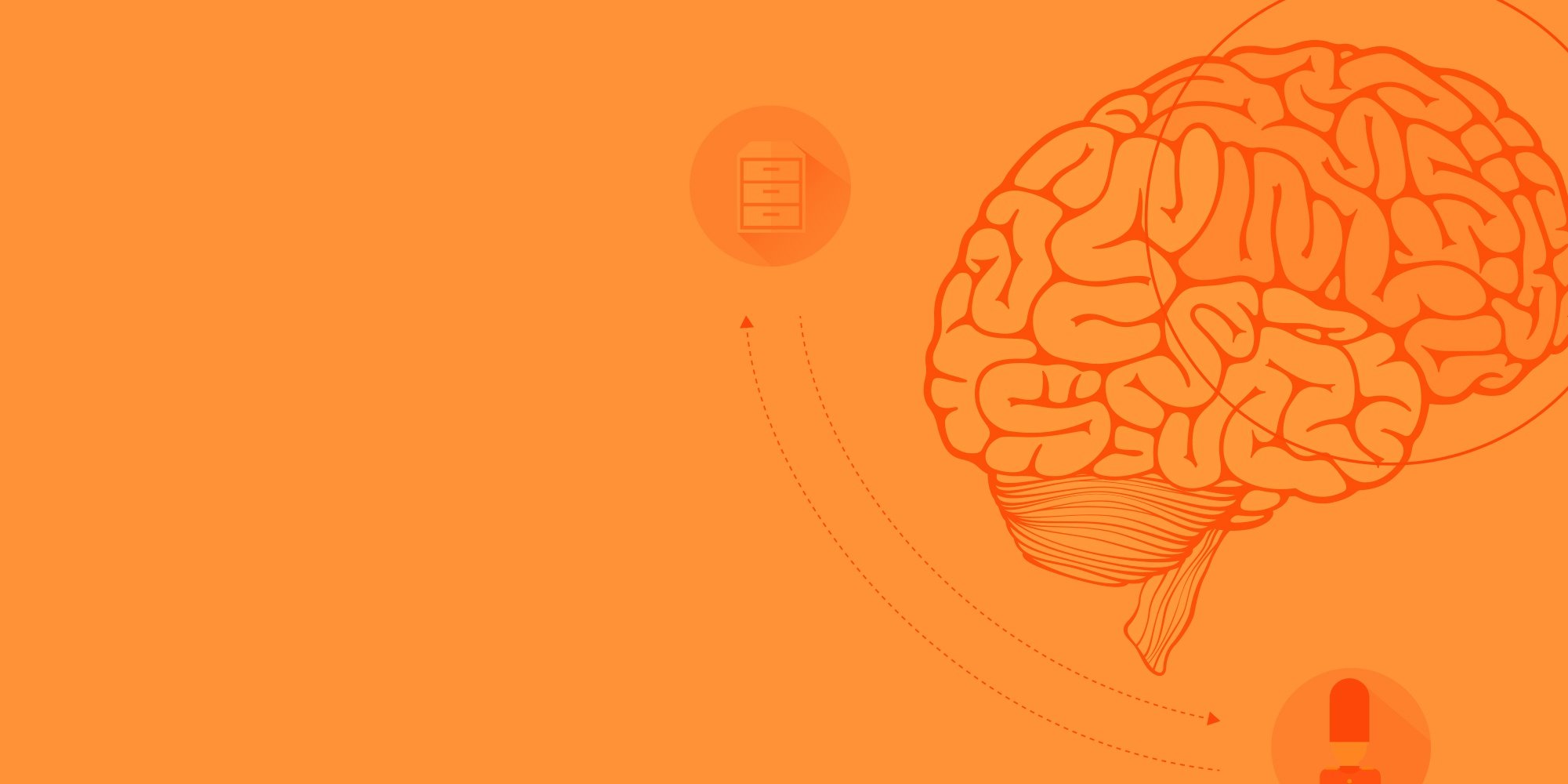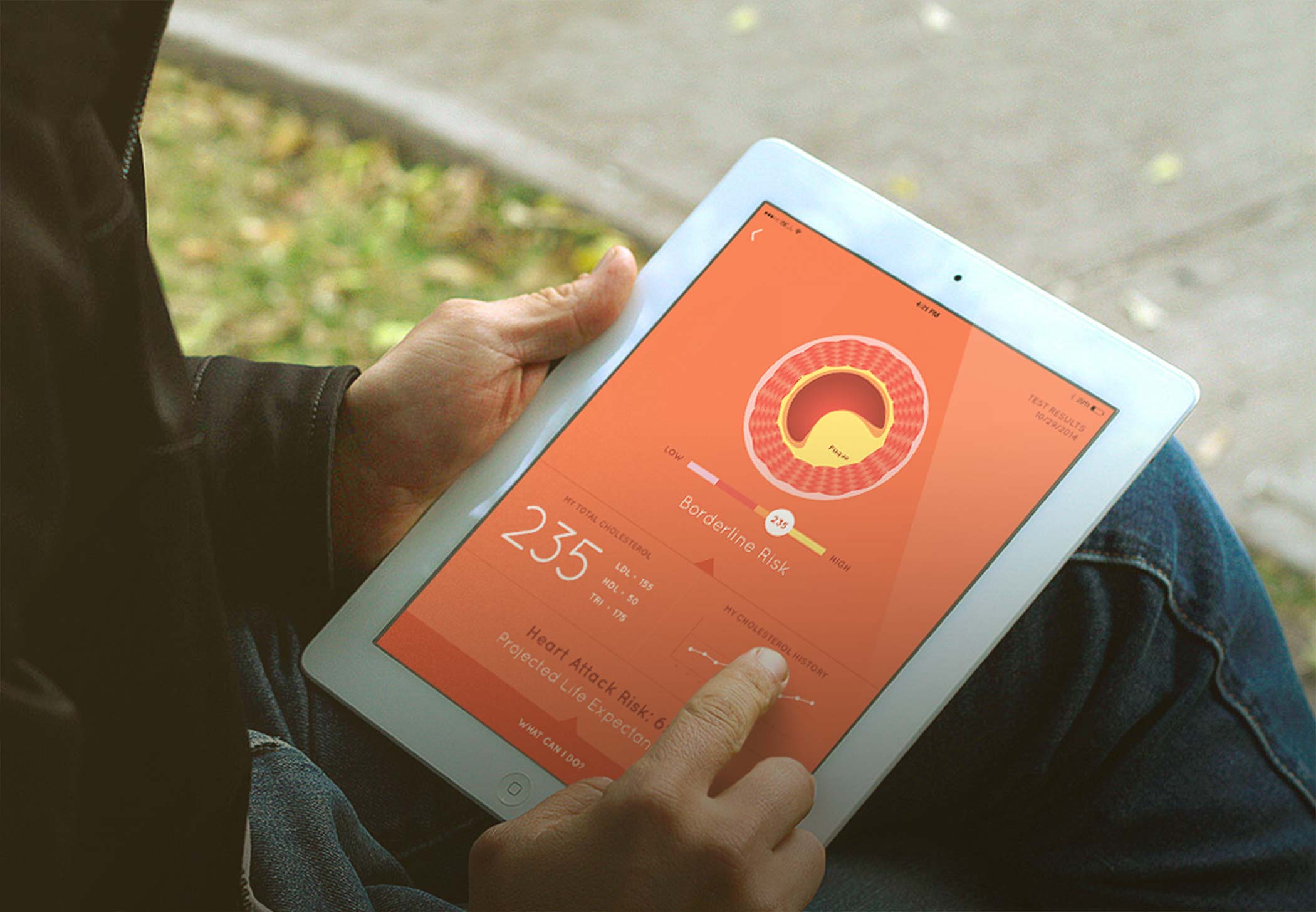Habits are so essential to our survival that their behavioral patterns are imprinted into our subconscious neural pathways. And anything that is counter to those habits is seen as a potential threat to our stability and safety.
But what happens when a brand needs their market to break free from these patterns?
READ MORE
When Google Glass launched to the public in 2014 after a $400 Million investment, it was heralded as the next big thing in wearable technology. But, less than a year later, the product was pulled from shelves. It’s a prime example of the unfortunate reality of innovation. Having a vision for a revolutionary product is not enough.
The launch campaign for Google Glass struggled to paint a clear picture of its place in consumers’ everyday lives.
“...though I tried, very hard, to make Glass a part of my life, I simply didn't feel comfortable with the screen hovering just out of my line of sight.” April 2014 Review in The Washington Post
Success and failure in innovation hinge on your ability to help others see themselves in the future you’ve envisioned. The iPod is a perfect case study. It wasn’t the first to market, but its success over other failed MP3 players can be attributed to Apple's ability to envision a new future of music consumption. Steve Jobs didn't just sell a device; he sold an experience, a new way of interacting with music that was so compelling that people wanted to be in this new world.
READ MORE
No matter if your hear "Yanny" or "Laurel", one thing we all can learn from this week's social debate is that the human brain has a magical way of constructing what we hear, see, and even feel. And this has huge implications for marketing.
READ MORE
By nature, social media sites are, well…social. That means that people use them for very personal and emotional reasons. Likewise, brands should have very different strategies for each channel. Especially at a time when Facebook is emphasizing more meaningful interactions, you should pause before posting the same exact content across all social channels.
READ MORE
Much like your average cup of joe with cream and sugar, customer experience in healthcare has become a commodity. Patients don’t have any sort of loyalty to a particular brand. In fact, 23% of patients see 3 or more PCPs in just 2 years. And unless you’re delivering a great experience, they’re not simply switching to a new doctor in the same hospital. They’re making a wholesale shift to the hospital across the street. A Press Ganey survey found that hospitals with patient satisfaction in the bottom 10th percentile lost 17% of patient volume.
READ MORE
In a recent Webcast, we teamed up with Citrix's global strategy lead for audience & content marketing to discuss a modern approach to journey mapping that considers customers' psychological drivers.
READ MORE
Ahhh, tax season. It used to be that time of year that you handed a giant folder over to your accountant – not merely for convenience but because he actually knows how to navigate the complexity of tax forms. Until, that is, TurboTax reimagined the tax experience, empowering millions of consumers to complete their taxes all on their own.
READ MORE
The patient portal has become the primary consumer access point to a patient’s electronic medical record. Moreover, it is becoming an entirely new channel for the delivery of healthcare – a place where patients schedule online appointments, view messages and lab results, and take advantage of e-health services.
READ MORE
SUBSCRIBE
sign me up for news, inspiring creative, and other updates (privacy policy)
POST TOPICS
- Healthcare (43)
- Strategy (34)
- Best Practices (22)
- B2Me (21)
- Technology (21)
- Copywriting (20)
- Digital Marketing (20)
- Addictive Experience (14)
- B2B (13)
- Creative (10)
- Addictive Marketing Podcast (8)
- Experts (8)
- Gamification (5)
- Content Management System (3)
- Lead Generation (3)
- Advertising (2)
- Branding (2)
- CMS (2)
- Journey Mapping (2)
- Market Research (2)
- AR (1)
- Augmented Reality (1)
- Lead Nurture (1)
- healthcare revenue generation (1)











